-
About
-
Membership
-
Pubs & Clubs
-
Events & Festivals
Featured Events Featured Events
Members' Weekend AGM & Conference
Riviera Centre, Torquay
11-13 April 2025
-
Beers & Breweries
-
Cider & Perry
-
Take Action
- Shop
- Learn & Discover
- Members Area
- My Trips
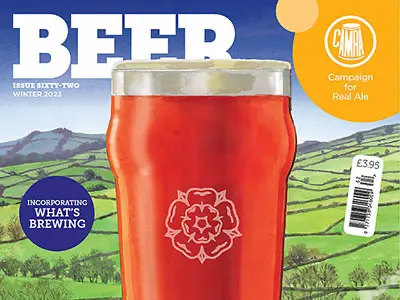





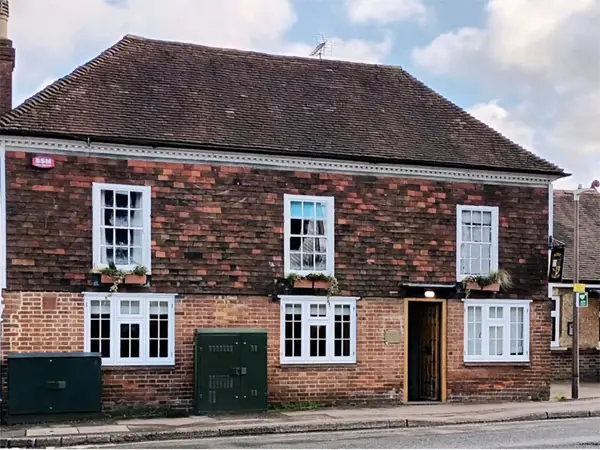
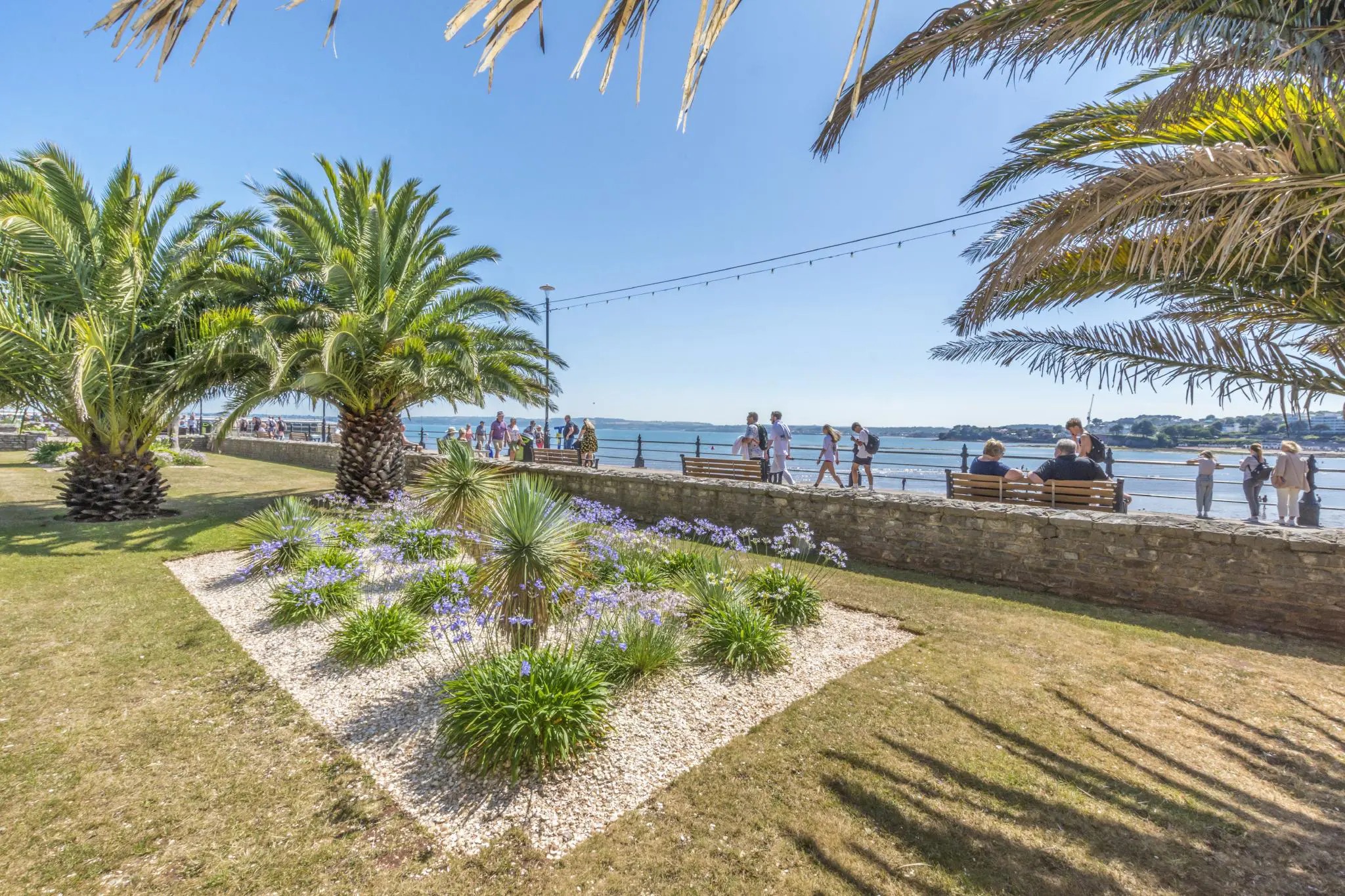

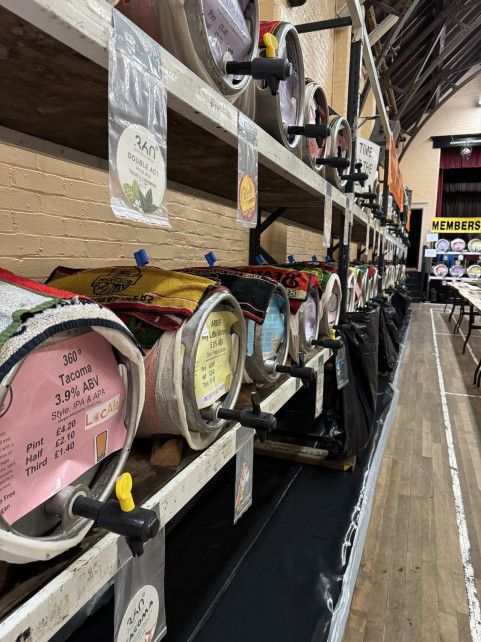







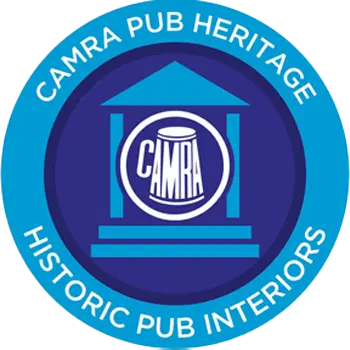





.jpg)










